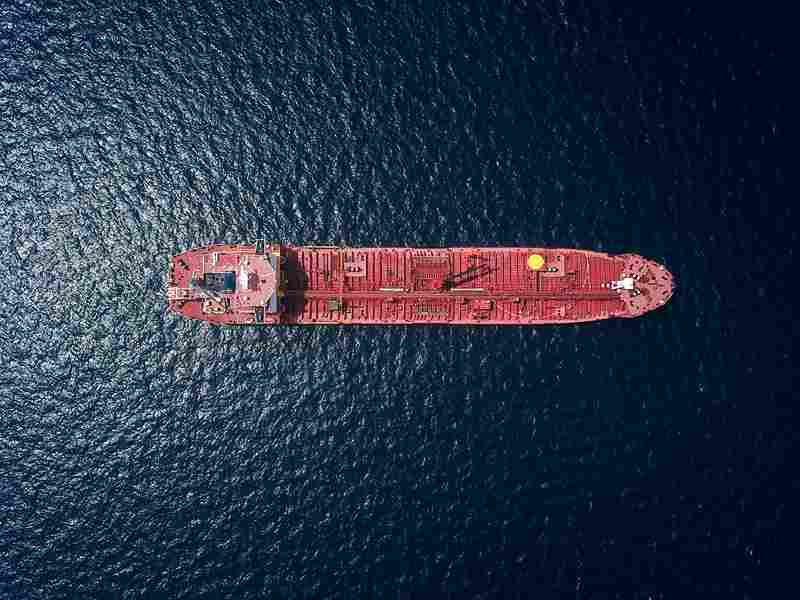
Advances in Marine Engine Technology for Fuel Efficiency
In a promising development for the maritime industry, recent advancements in marine engine technology are revolutionizing fuel efficiency standards, offering substantial economic and environmental benefits. These innovations mark a significant step towards achieving sustainability goals while enhancing operational performance across global shipping routes.
The Drive for Fuel Efficiency
Fuel efficiency has long been a focal point for marine operators grappling with rising fuel costs and stringent emissions regulations. The International Maritime Organization (IMO) has set ambitious targets to reduce greenhouse gas emissions from ships, aiming for a 50% reduction by 2050 compared to 2008 levels. In response, engineers and researchers have intensified efforts to design and optimize marine engines for maximum efficiency.
Cutting-Edge Technologies
Leading the charge are advancements in propulsion systems and engine design:
- High-Pressure Common Rail Systems: These systems optimize fuel injection precision, enhancing combustion efficiency and reducing fuel consumption significantly.
- Variable Valve Timing (VVT) and Variable Geometry Turbochargers (VGT): By adjusting valve timing and optimizing airflow, these technologies improve engine performance across different operational conditions, from slow steaming to full throttle.
- Dual-Fuel Engines: Utilizing liquefied natural gas (LNG) or methanol alongside traditional marine fuels reduces emissions of sulfur oxides (SOx), nitrogen oxides (NOx), and particulate matter, while enhancing fuel efficiency.
- Waste Heat Recovery Systems: Capturing and reusing waste heat from engine exhaust and cooling systems to generate additional power or heat onboard further reduces fuel consumption.
Industry Adoption and Impact
The adoption of these technologies is gaining momentum globally, driven by both regulatory pressures and economic incentives. Shipping companies are increasingly investing in retrofitting existing vessels and integrating these advanced systems into new builds to comply with emissions regulations, lower operational costs, and gain a competitive edge.
Case Studies and Success Stories
Several pioneering projects highlight the tangible benefits of advanced marine engine technology:
- Maersk Line’s Triple-E Class Vessels: These container ships utilize energy-efficient engines and aerodynamic design, achieving up to 35% reduction in CO2 emissions per container moved compared to industry averages.
- Carnival Corporation’s LNG-Powered Cruise Ships: By employing LNG as a primary fuel source, these vessels not only meet stringent emission standards but also demonstrate significant fuel savings and operational efficiency gains.
Future Prospects
Looking ahead, the future of marine engine technology promises continued innovation and integration of sustainable solutions. Emerging technologies such as hydrogen fuel cells, ammonia propulsion, and further advancements in electric and hybrid propulsion systems are on the horizon, poised to redefine standards for efficiency and environmental stewardship in maritime transportation.
Conclusion
The strides made in marine engine technology towards enhanced fuel efficiency represent a pivotal moment for the maritime industry. As stakeholders embrace these innovations, they are not only driving operational efficiencies and cost savings but also contributing to global efforts to combat climate change. With ongoing research and collaboration across sectors, the path towards a more sustainable shipping industry is clearer than ever, setting sail towards a greener and more prosperous future on the world’s oceans.





